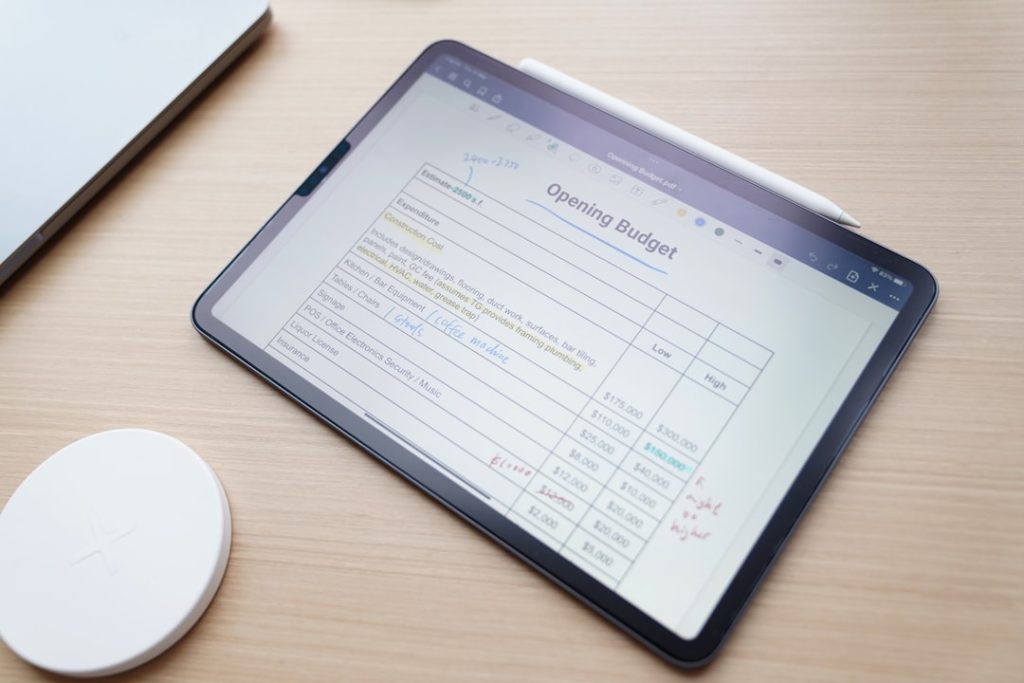In today’s rapidly evolving digital commerce world, the synchrony between accounting software and eCommerce operations is more critical than ever. Sage, a well-established leader in business accounting solutions, continues to evolve alongside emerging trends in eCommerce technology to meet the needs of modern enterprises. As businesses seek seamless integration and real-time financial insight, the future of Sage eCommerce lies in its ability to adapt to innovations and ensure accurate, automated, and scalable solutions across platforms.
1. The Rise of Unified Commerce Platforms
The future calls for connected systems where accounting, inventory, sales, and customer data operate within a single ecosystem. Sage has begun moving in the direction of unified commerce by supporting integrations with leading eCommerce platforms like Shopify, WooCommerce, Magento, and BigCommerce.
By consolidating these systems through synchronous APIs and middleware solutions, Sage enables businesses to:
- Automate order and invoice creation directly into accounting ledgers
- Track inventory levels in real time across channels
- Improve financial forecasting using consolidated data from all sales sources

2. Cloud-Based Accessibility and Flexibility
The shift towards cloud-native applications is not new, but its importance is now undeniable. Sage’s cloud-first strategy, materialized through Sage Intacct and Sage 200cloud, empowers eCommerce merchants by offering secure, anywhere-access to financial data.
Advantages of cloud-based Sage eCommerce integration include:
- Scalability: Easily handles spikes in order volumes
- Security: Regular updates and data encryption standards
- Remote collaboration: Shared access for finance and sales teams
These capabilities support fast-growing businesses with agility and enable multi-location inventory management with centralized control.
3. AI and Automation as the Backbone of Accounting Integration
Artificial Intelligence is transforming accounting processes by automating repetitive financial tasks and predicting financial health. Within the Sage ecosystem, AI-driven features help streamline:
- Bank reconciliation and transaction categorization
- Real-time fraud detection and alerts
- Advanced analytics with business intelligence dashboards
Moreover, automation enables lean finance teams to monitor and react more quickly to business trends. As AI tools mature, we can expect even tighter integration between Sage’s accounting data and eCommerce-driven analytics.

4. The Growth of Omnichannel and Cross-Border Commerce
Today’s consumers expect consistent shopping experiences across devices, platforms, and even geographic locations. For eCommerce businesses using Sage, this means the ability to handle multiple currencies, tax jurisdictions, and compliance challenges.
Key trends impacting future Sage integrations include:
- Multi-currency handling for global transactions
- Advanced tax support including VAT, GST, and sales tax calculations
- Multi-entity management consolidating accounts from different countries or regions
Sage eCommerce integrations that can adapt to these complexities will allow businesses to scale internationally while ensuring compliance with local regulations.
5. API-Centric Ecosystem and Customization Capabilities
The modern accounting framework isn’t monolithic—it’s modular and connected. Sage’s support for RESTful APIs opens the door to deep integrations with CRMs, ERPs, payment processors, shipping services, and customer loyalty platforms.
Businesses increasingly require:
- Customized workflows that match specific vertical needs
- Ease of data migration and historical transaction syncing
- Plug-and-play extensions to develop new logic without core modifications
Developers and business admins alike benefit from this extensibility, making Sage a future-proof option in dynamic environments.
6. Future Outlook: AI-Driven Decision Support and Predictive Insights
Looking ahead, the future of Sage eCommerce will be defined by its ability to power decisions, not just transactions. With more robust data ingestion and machine learning capabilities, Sage platforms are expected to offer built-in forecasting tools and scenario modeling options.
This shift—from historical accounting to predictive finance—will allow businesses to understand trends before they occur, automate discounts or inventory restocking, and align financial goals with real-time market behavior.

Conclusion
The digital commerce landscape continues to advance, bringing greater demands for seamless, intelligent, and global-ready financial solutions. Sage is rising to this challenge by adopting the key trends in technology—cloud computing, AI, omnichannel commerce, and open APIs. For businesses that want not only to thrive but to lead in digital commerce, embracing the future of Sage eCommerce will be essential. Investing in automation, connectivity, and intelligent decision-making tools today will yield operational efficiency and deeper financial insight tomorrow.


